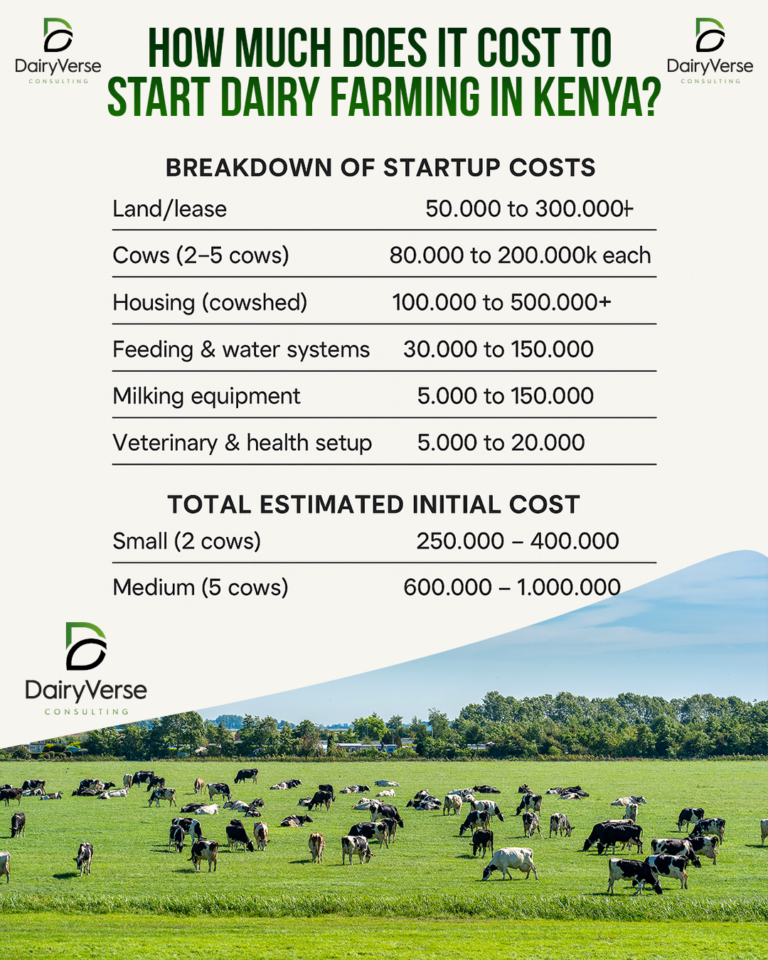Uterine Infections in Dairy Cows: Causes, Prevention, and Treatment
Uterine infections are a significant concern for dairy farmers, as they can adversely impact cow fertility, milk production, and overall herd health. Addressing these infections promptly and effectively is essential to ensure optimal productivity in dairy operations.
Common Causes of Uterine Infections
Uterine infections in dairy cows are most common during the postpartum period. They can arise from various factors, including:
- Retained Placenta: The failure to expel the placenta post-calving increases the risk of bacterial invasion.
- Poor Hygiene: Unsanitary calving areas or improper handling during artificial insemination or medical interventions.
- Calving Complications: Difficult births or the use of instruments during calving can introduce pathogens into the reproductive tract.
- Immune System Suppression: Cows with nutritional deficiencies, stress, or diseases are more susceptible.
- Open Cervix: The natural postpartum openness of the cervix allows easier access for bacteria.
Types of Uterine Infections
- Metritis: A severe infection that affects the uterine wall, often within 10 days post-calving. Symptoms include fever, foul-smelling discharge, and reduced appetite.
- Endometritis: A milder infection confined to the uterine lining. It often manifests as abnormal discharge and irregular estrous cycles.
- Pyometra: A chronic infection where pus accumulates in the uterus, accompanied by an absence of estrus.
Symptoms to Watch For
Early detection is crucial for effective treatment. Common signs of uterine infections include:
- Fever and lethargy
- Foul-smelling or abnormal vaginal discharge
- Swelling in the abdominal area
- Decreased milk yield
- Delayed or irregular heat cycles
Treatment Options
- Antibiotic Therapy:
- Broad-spectrum antibiotics are often used to target a range of bacterial pathogens.
- Intrauterine antibiotics or systemic administration may be prescribed depending on the severity.
- Follow veterinary recommendations to avoid antibiotic resistance.
- Non-Antibiotic Therapies:
- Uterine Lavage: Rinsing the uterus with a sterile solution to remove debris and bacteria.
- Hormonal Treatment: Prostaglandins are administered to induce uterine contractions, helping expel infected materials.
- Supportive Care:
- Providing anti-inflammatory medications to reduce discomfort and swelling.
- Ensuring optimal nutrition to bolster the cow’s immune system.
- Advanced Therapies:
- For chronic or severe cases, veterinary professionals may recommend specialized interventions such as surgery or targeted therapies.
Preventive Strategies
Prevention is more cost-effective than treatment. Implement the following measures to minimize the risk of uterine infections:
- Proper Hygiene:
- Maintain clean calving pens and milking areas.
- Sanitize equipment used during calving and insemination.
- Nutritional Support:
- Ensure a balanced diet rich in vitamins, minerals, and energy to support postpartum recovery.
- Use supplements like Fertility+ to enhance reproductive health.
- Using Tranzpro During Steaming:
- Administering Tranzpro 18 days before calving helps reduce risks such as retained placenta and calving complications.
- Tranzpro also provides essential nutrients to support the cow’s health and prepare for a smooth postpartum recovery.
- Monitor Postpartum Cows:
- Observe cows for retained placentas or other post-calving complications.
- Address any abnormalities promptly with veterinary consultation.
- Vaccination:
- Protect against diseases that can lead to uterine infections, such as leptospirosis and brucellosis.
- Controlled Breeding Practices:
- Use sterile techniques for artificial insemination.
- Avoid overbreeding, which can lead to stress and complications.
Conclusion
Uterine infections can be a significant challenge in dairy farming, but with prompt treatment and effective prevention, their impact can be minimized. Regular veterinary checkups, a focus on hygiene, and strategic use of supplements and nutrition play vital roles in safeguarding the reproductive health of your herd. A healthy uterus means better fertility rates, higher milk production, and a more profitable dairy operation.







